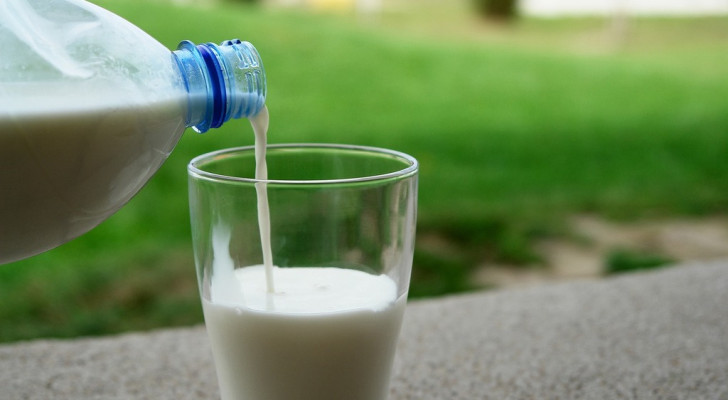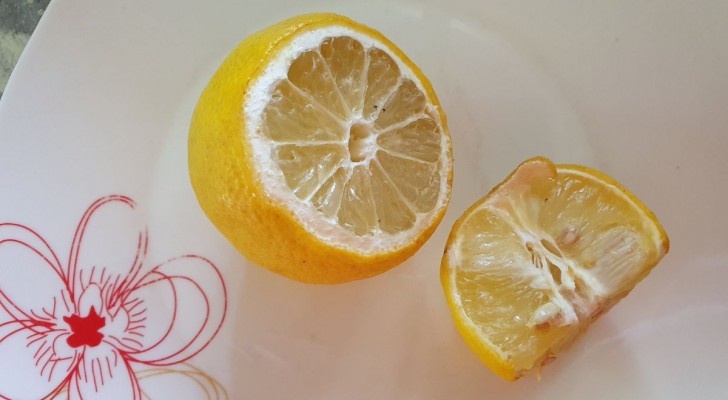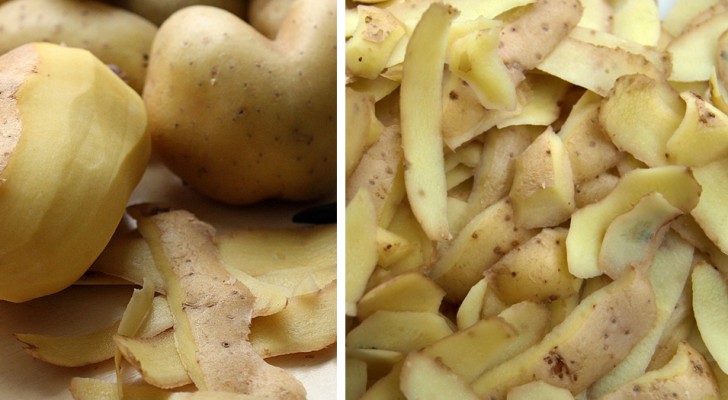Make apple cider vinegar from fresh apple peels

Apples are amongst the most fruit that is most consumed in the world: there are many different varieties and tastes, they are generally quite cheap, and can be found very easily. They also have the added advantage of being super-versatile: we can eat as is, even with the peel, or combine them with almost any other type of fruit for mouth-watering salads. But they are also a delicious ingredient in sweet preparations in many different cultures, and there are also savory dishes enriched by the taste of apples.
When we eat or cook apples, we often remove the peel, even if it is where many of the fruit's nutritional properties are concentrated. What do you usually do with the peels? You probably throw them in the trash without thinking twice, but in reality you could use them in various ways, even to prepare a useful product for the kitchen (and more). Read on to find out more:

Creativo
What we propose to do with the peels, first of all, is to prepare an apple cider vinegar! As you know, in addition to being a very nice, aromatic condiment, vinegar is also useful for a myriad of house cleaning chores, and preparing it with your own hands is very easy and cheap. It takes a little patience, but not much effort.
What is needed:
- Fresh apple peels (those from two large apples), and if you want, include the cores;
- Luke warm water (a good mineral brand);
- 3 tablespoons of sugar, or two tablespoons of honey;
- A large jar, or even a glass bottle. With a one liter container you should be ok. It is best to sterilize the container first by boiling it in water for 10 minutes.
- Food gauze/cheese cloth. Alternatively you can use a coffee filter, or some very thin fabric (which is perfectly clean and sterilized);
- Elastic bands.
How to proceed:
- Place the peels into the container;
- Pour two fingers of warm water into a cup and dissolve the honey or sugar into it;
- Add this sugar/honey water to the jar and then add more warm water until all the peels are covered. You may need to press them down with a fork;
- Cover the opening of the container with cheesecloth;
- Secure it with an elastic band;
- Put the container in a dark place, with a temperature that is around 20 degrees C (but no higher than this);
- You will need to leave this to ferment for a month, but once a week, you should give the container a shake/mix. If it looks like the level of the liquid is going down, top up by preparing and adding more water sugar/honey water;
- If after a couple of weeks you notice a gelatinous layer in suspension, do not remove it: it is the "mother of the vinegar" and should only be removed when the vinegar is ready (ie. after 4-6 weeks of fermentation);
- 4 to 6 weeks later, filter the liquid and store the vinegar in a tightly closing container.
Obviously, it is recommended to use apples that have not been exposed to pesticides or other harmful substances. It's worth looking for good quality ones if, in addition to eating the fruit, you also intend to use the peel in this way!





